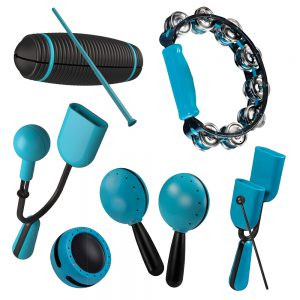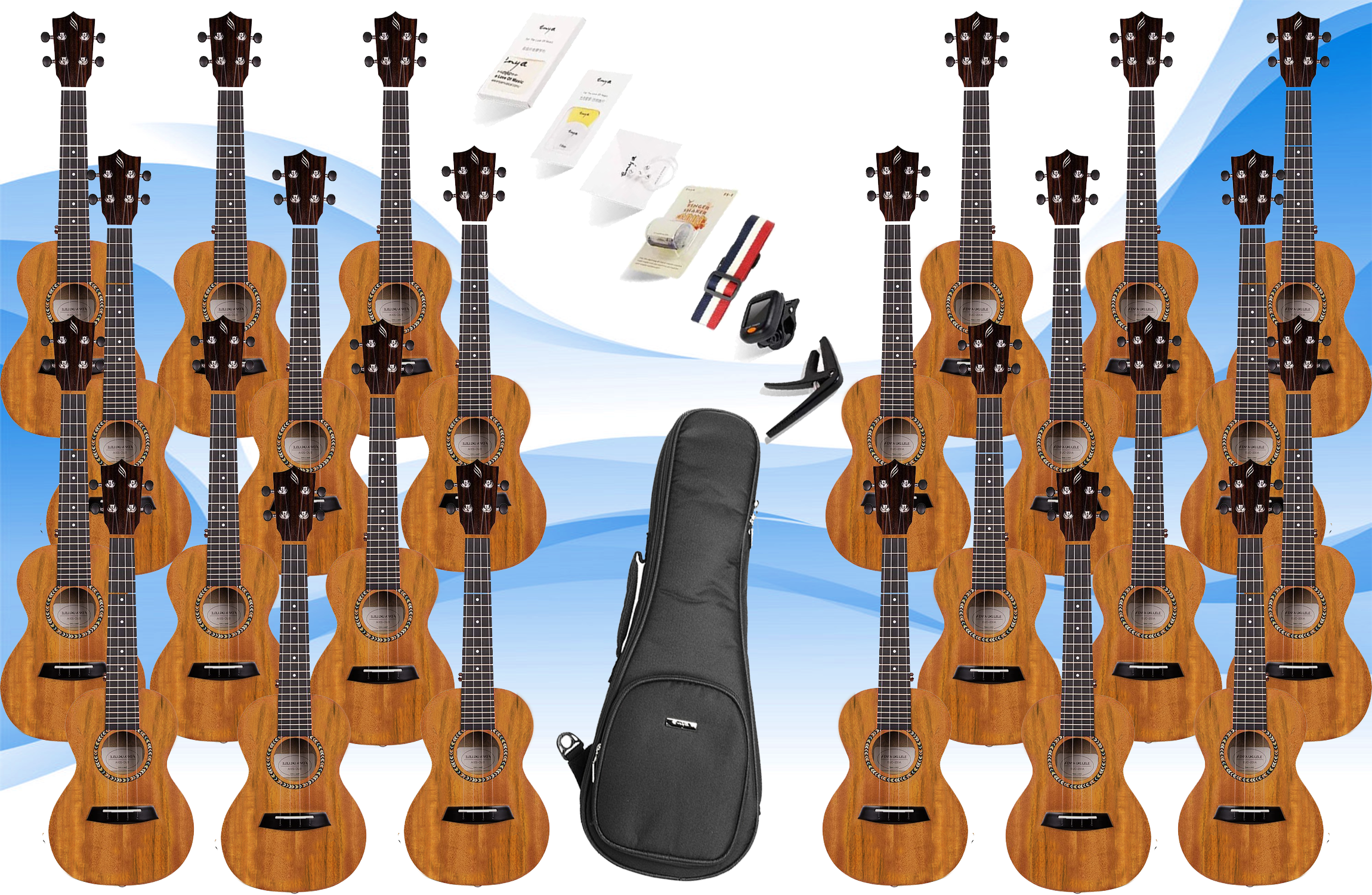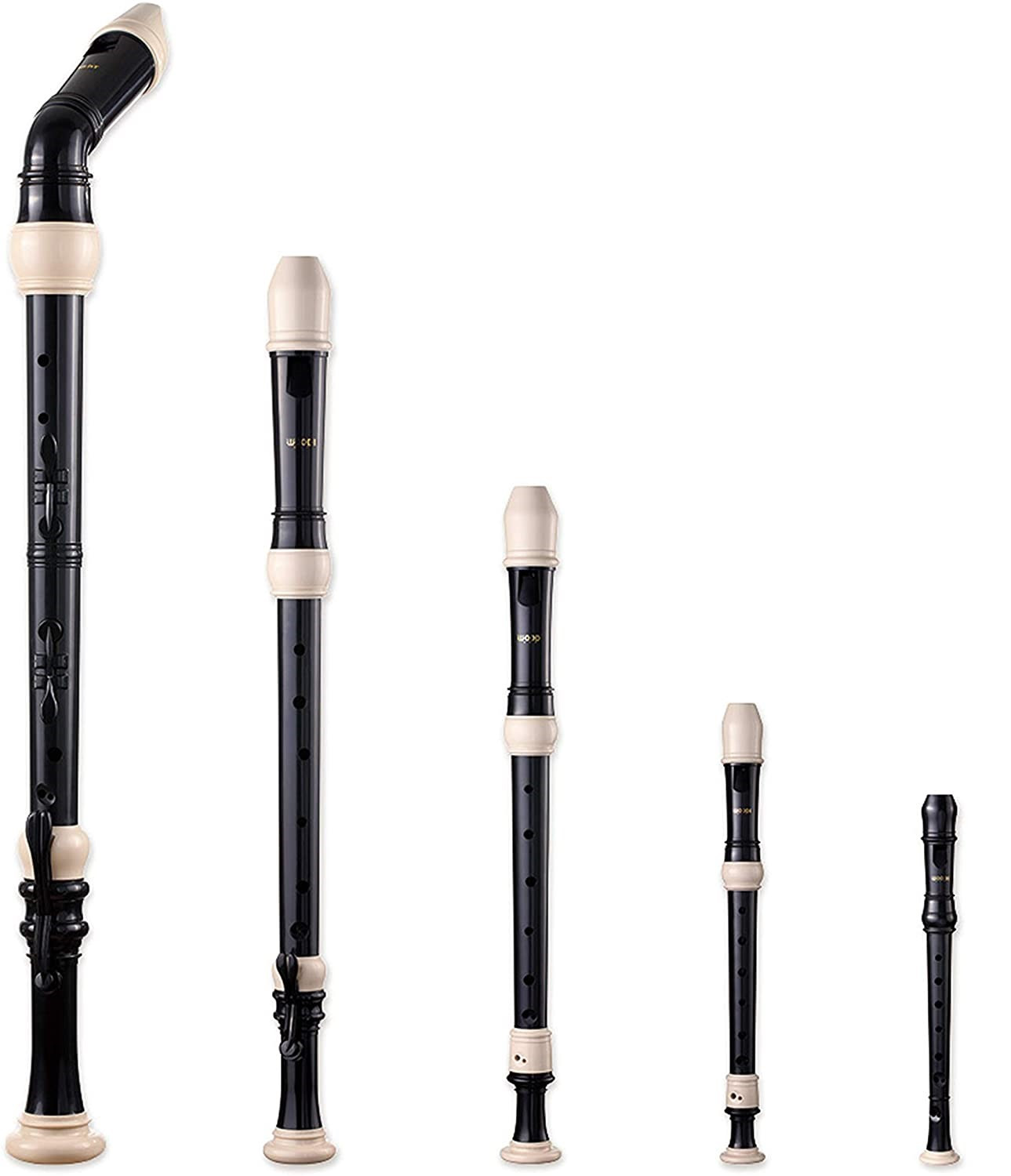
ESSER (Elementary and Secondary School Emergency Relief)

Posted by Rei Murray on May 31, 2021
Have you heard of ESSER (Elementary and Secondary School Emergency Relief)?
In 2020 and 2021, Congress passed three stimulus bills, providing approximately $190.5 billion to the Elementary and Secondary School Emergency Relief Fund.
Two of these stimuli were distributed in 2020, and the third, the American Rescue Plan Act, was issued on March 11, 2021. This Act provided $122.7 billion in supplemental ESSER funding to help safely reopen and sustain the safe operation of schools and address the impact of the coronavirus pandemic on the Nation’s students.
Here are some helpful links:
https://nafme.org/wp-content/uploads/2021/04/ESSER-Funding-Toolkit-2021.pdf
https://www.giveanote.org/blog/2021/04/how-to-get-esser-funds-for-your-music-program/
https://nafme.org/covid-relief-funding-in-the-music-classroom/
https://nafme.org/education-relief-through-the-american-rescue-plan-act/
Here are some basics about the American Rescue Plan Act:
⦁ The State Educational Agencies (SEAs) are required to reserve their allocations to carry out activities: 5% to address learning loss, 1% for afterschool activities, and 1% for summer learning programs.
⦁ The Local Education Agencies (LEAs) must reserve at least 20% of the funding they receive to address learning loss.
⦁ Two-thirds of ESSER funds are immediately available to states, while remaining funds will be made available after states submit ESSER implementation plans.
Generally, in determining whether an activity is an allowable use of funds, a State or LEA must determine:
• Is the use of funds intended to prevent, prepare for, or respond to the COVID-19 pandemic, including its impact on the social, emotional, mental health, and academic needs of students?
• Does the use of funds fall under one of the authorized uses of ESSER or GEER funds?
• Is the use of funds permissible under the Uniform Administrative Requirements, Cost Principles, and Audit Requirements for Federal Awards (Uniform Guidance, 2 CFR Part 200)? In particular, is it necessary and reasonable for the performance of the ESSER or GEER award?
The following music education activities/equipment are eligible for ESSER funds:
⦁ Purchasing protective equipment for use in the music room (allowable - #3, #5)
⦁ Supporting training for music educators on strategies to conduct safe in-person music instruction (allowable - #6)
⦁ Purchasing sanitizing supplies (allowable - #7)
⦁ Purchase technology devices for instruction and assessment through virtual applications (allowable - #9)
⦁ Paying for additional instructors to offer remediation in music (allowable - #11)
⦁ Purchasing materials to allow for more physical distance including purchasing equipment to make music mobile (allowable - #12)
|
|
|
|
|
An LEA may use ESSER funds for the broad range of activities. The activities that are listed in section 18003(d) of the CARES Act, section 313(d) of the CRRSA Act, and section 2001(e) of the ARP Act that an LEA may support with ESSER funds are:
- 1. Any activity authorized by the ESEA, including the Native Hawaiian Education Act and the Alaska Native Educational Equity, Support, and Assistance Act (20 U.S.C. 6301 et seq.).
- 2. Any activity authorized by the Individuals with Disabilities Education Act (IDEA) (20 U.S.C. 1400 et seq.).
- 3. Any activity authorized by the Adult Education and Family Literacy Act (AEFLA) (29 U.S.C. 3271 et seq.).
- 4. Any activity authorized by the Carl D. Perkins Career and Technical Education Act of 2006 (Perkins V) (20 U.S.C. 2301 et seq.).
- 5. Any activity authorized by subtitle B of title VII of the McKinney-Vento Homeless Assistance Act (McKinney-Vento) (42 U.S.C. 11431 et seq.).2
- 6. Coordinating preparedness and response efforts of LEAs with State, local, Tribal, and territorial public health departments, and other relevant agencies, to improve coordinated responses among such entities to prevent, prepare for, and respond to COVID-19.
- 7. Providing principals and other school leaders with the resources necessary to address the needs of their individual schools.3
- 8. Activities to address the unique needs of low-income children or students, students with disabilities, 4 English learners, racial and ethnic minorities, students experiencing homelessness, and children and youth in foster care, including how outreach and service delivery will meet the needs of each population.
- 9. Developing and implementing procedures and systems to improve the preparedness and response efforts of LEAs.
- 10. Training and professional development for staff of the LEA on sanitation and minimizing the spread of infectious diseases.
- 11. Purchasing supplies to sanitize and clean the facilities of the LEA, including buildings operated by such LEA.
- 12. Planning for, coordinating, and implementing activities during long-term closures, including providing meals to eligible students, providing technology for online learning to all students, providing guidance for carrying out requirements under the IDEA and ensuring other education services can continue to be provided consistent with all Federal, State, and local requirements.
- 13. Purchasing educational technology (including hardware, software, and connectivity) for students who are served by the LEA that aids in regular and substantive educational interaction between students and their classroom instructors, including low-income students and students with disabilities, which may include assistive technology or adaptive equipment.
- 14. Providing mental health services and supports, including through the implementation of evidencebased full-service community schools. 5
- 15. Planning and implementing activities related to summer learning and enrichment and supplemental after-school programs, including providing classroom instruction or online learning during the summer months and addressing the needs of low-income students, students with disabilities, English learners, migrant students, students experiencing homelessness, and children and youth in foster care.
To see the funds available for your state, visit the Education Stabilization Fund website.
The U.S. Department of Education has also compiled a list of frequently asked questions that you can view here:
Frequently Asked Questions Elementary and Secondary School Emergency Relief Programs Governor’s Emergency Education Relief Programs




